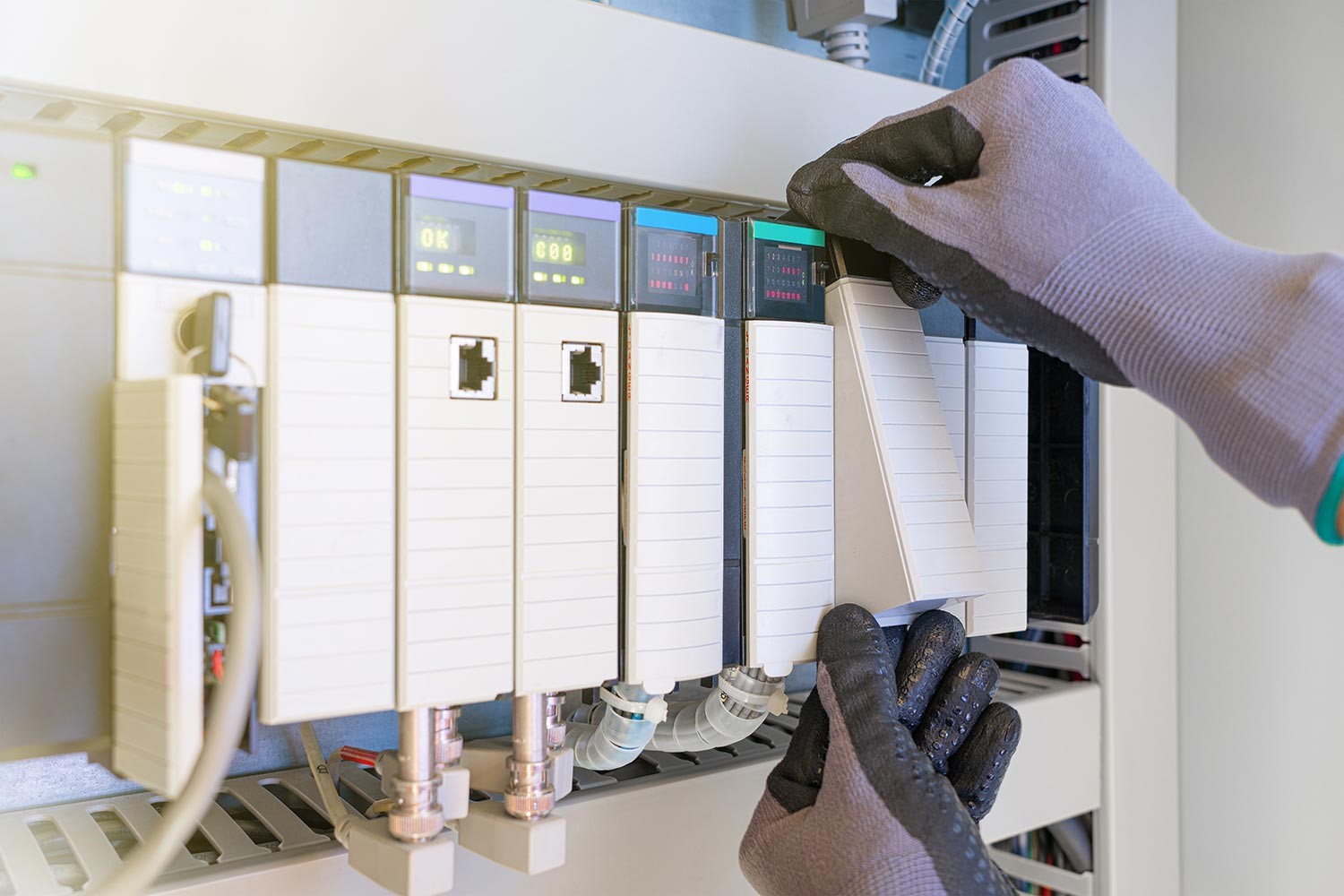With the advancement of PLC & DCS systems in continuous process industries and the availability of advanced inbuilt diagnostic functions available in the system it is expected that failures should not occur and the systems currently are 100% reliable. This is ideally not true. Since plant production is so much dependent on the optimal performance of the system, the question of expectation of failures is unexpected looking into the high level of engineering involved in production of the PLC & DCS systems themselves. Experience led results show a different picture that failures do occur which cause a big problem for companies production availability. I believe as per the current architectures of commonly available PLC and DCS system brands the technologies available are scalable and it’s a onetime investment for process plants as the technology available is scalable. But we still have failures and one does not know how to draw a line and where to draw it.
Annual Maintenance

Issues faced by process industries
Therefore the debates and issues faced by process industries using popular brands of PLC and DCS are:-
- 1.) How many spare electronic cards have to be kept to keep the system running? Should the OEM keep the spares? Will the spare be available immediately at the time of failure? At what cost it would be available? If the spare is procured to be stored within the company will it work when it is required? Do we need to have an AMC with OEM?
- 2.) Will the application software SCADA and DCS be reliable in the long run? Should Capital expenditure planning be done for software? This issue is rarely a big issue as today popular PLC & DCS OEM providers in order to keep their software marketable develop some inbuilt diagnostic tools with an approach to induce industrial users of their DCS & SCADA system to purchase so as to keep their software business in motion. Experience has shown that it’s not a good idea to invest in new DCS & SCADA software unless the hardware is changed.
All the above issues involve a lot of money investment which continuously tasks the mind of maintenance engineers to convince operational heads for budgetary approvals for upgrades or functional improvement in the system for use in the process. In view of criticality of process the budgets are approved and executed to prevent a loss in availability but does such investment helps? is such cost required? is there a way we can proactively measure and prevent failures of a running system and then take corrective measures which will prevent failures and give good sleep to operation managers and operation personnel including maintenance engineers and technicians. All answers come down to implementing a good Maintenance approach.
Approaching a large project
To refresh ourselves about Maintenance - it is a set of actions done with an objective to keep an item in its fully functional state. This can be divided into types like:
- Breakdown Maintenance - which is a repair action carried out only when an item breaks or fails
- Preventive Maintenance - which is an a activity carried out to keep an item functional and is split into:
- - Periodic Maintenance : based on absolute time
- - Predictive Maintenance : based on actual working conditions
- - Corrective Maintenance : are actions involved which improve equipment with design issues to improve its functionality
- - Maintenance Prevention : which are actions performed to reduce maintenance requirements based on past experience with similar equipment.



